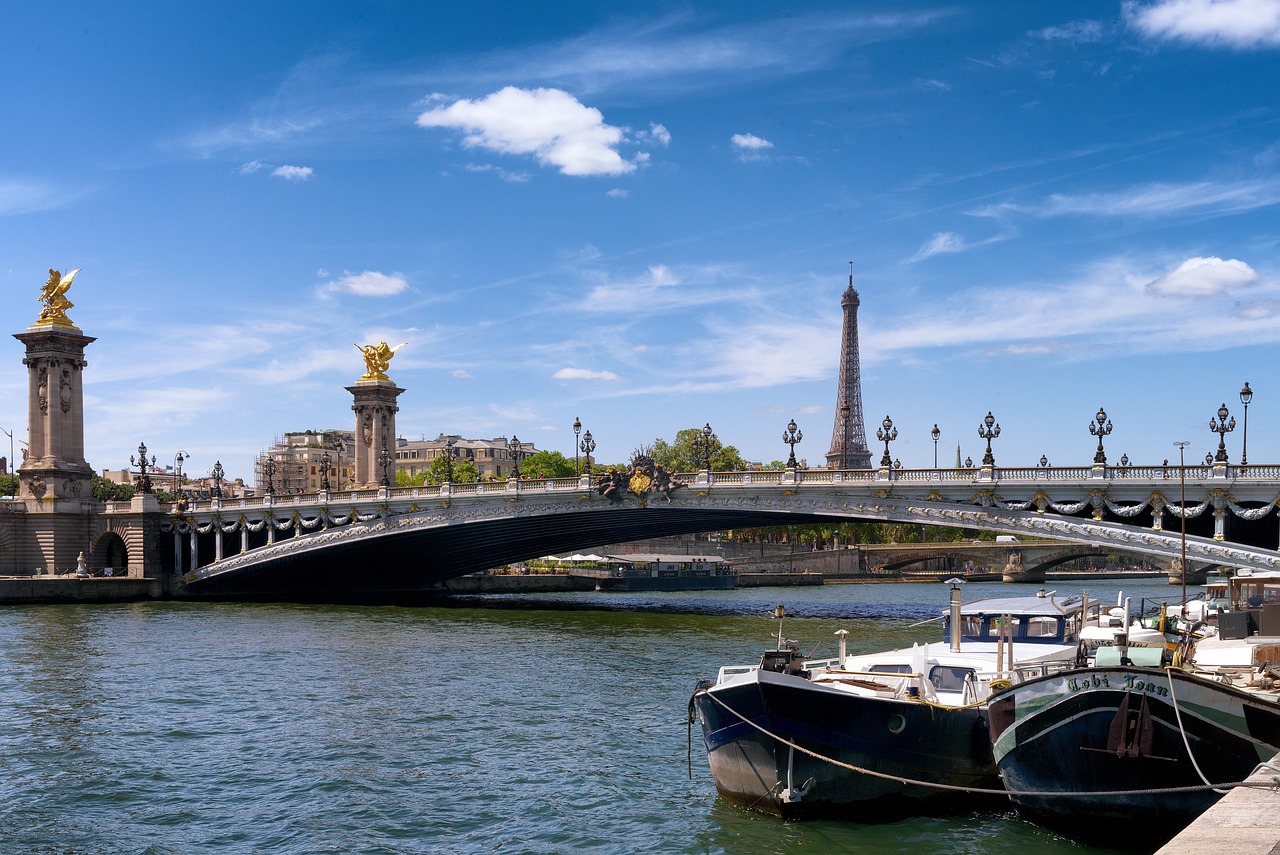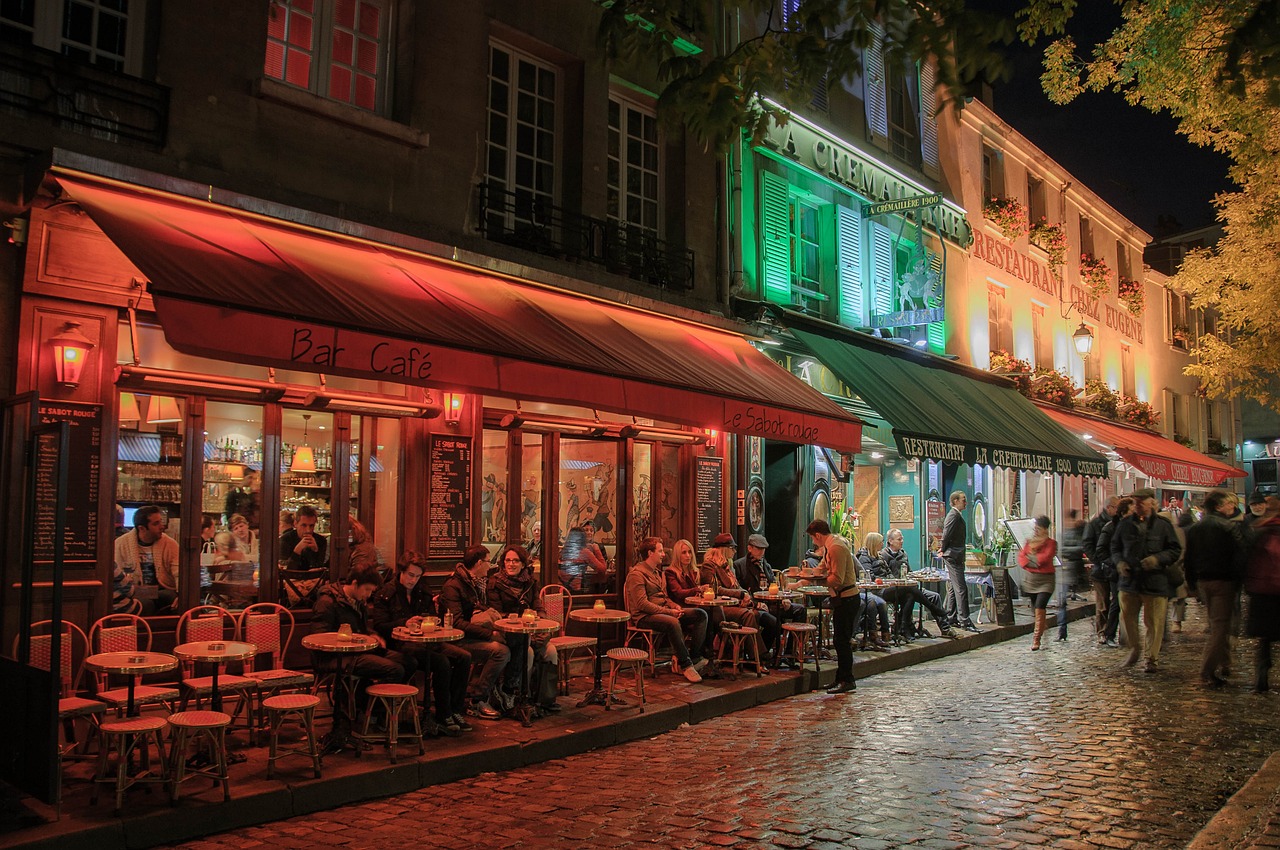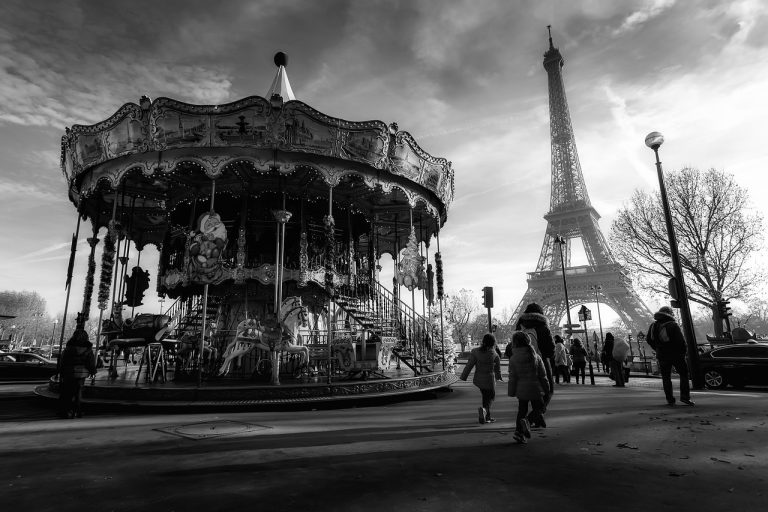Paris France Video
Introduction
Paris, the capital city of France, is renowned for its rich history, stunning architecture, and vibrant culture. Exploring this beautiful city is made convenient and efficient through its extensive public transportation system. With a variety of options available, navigating Paris becomes a breeze for both residents and tourists. This complete guide aims to provide detailed information about public transportation in Paris, including its various modes, ticketing options, and tips for a seamless travel experience.
Metro
- Convenience: The Paris Metro is one of the most efficient ways to travel around the city, with 16 lines covering a vast network.
- Accessibility: With over 300 stations, the Metro ensures easy access to major attractions, neighborhoods, and transportation hubs.
- Ticketing: Tickets can be purchased at Metro stations and allow unlimited transfers within the Metro system for up to two hours.
- Tips: Avoid peak hours to experience a more comfortable journey and be mindful of pickpockets, especially in crowded trains.
The Metro operates from 5:30 am until 1:15 am, making it accessible throughout the day and night.
Popular destinations such as the Eiffel Tower, Louvre Museum, and Champs-Élysées are conveniently connected.
It is advisable to buy a Carnet, which includes 10 tickets at a discounted price, to save money.
Refer to the Metro map and plan your routes in advance to optimize your time and minimize transfers.
Paris France Image 1:

Buses
- Extensive Network: Paris has an extensive bus network with over 300 lines, covering both central and suburban areas.
- Flexibility: Buses offer greater flexibility in terms of routes, allowing you to reach destinations not directly accessible by other modes of transportation.
- Ticketing: Similar to the Metro, tickets for buses can be purchased at Metro stations and are valid for both buses and the Metro.
- Tips: Check bus schedules in advance, as they may vary depending on the time of day and day of the week.
Buses provide a more scenic way to explore the city, allowing you to admire its beauty at a leisurely pace.
They are particularly useful for exploring neighborhoods and reaching attractions outside the city center.
Ensure you validate your ticket upon boarding the bus.
Be aware that bus routes may change during special events or roadworks.
RER
- Regional Express Network: The RER is a suburban commuter train system that connects Paris with its surrounding areas.
- Speed and Accessibility: RER trains are faster than regular Metro trains, making them ideal for longer journeys.
- Ticketing: RER tickets can be purchased at RER stations, and prices vary depending on the distance traveled.
- Tips: Be mindful of the rush hour when using RER trains, as they can get crowded during peak times.
It offers convenient transportation to popular destinations such as Disneyland Paris and Versailles.
They also provide direct access to major transportation hubs, including airports.
Ensure you purchase the correct ticket for your destination.
Check the RER map and timetables to plan your journey effectively.
Paris France Image 2:

Trams
- Efficient Transit: Trams provide an efficient means of transportation within the city, especially for shorter distances.
- Accessibility: Tram lines cover various parts of Paris, including the suburbs, providing easy access to different neighborhoods.
- Ticketing: Tram tickets can be purchased at tram stations or Metro stations and are valid for both trams and the Metro.
- Tips: Check tram schedules to plan your journey effectively, as they may have different operating hours compared to other modes of transportation.
They offer a smooth and comfortable ride, while also being environmentally friendly.
They are particularly useful for exploring areas with limited Metro or bus coverage.
Ensure you validate your ticket upon boarding the tram.
Be aware that trams have right of way over cars and pedestrians, so always exercise caution when crossing tram tracks.
Bicycles
- Velib Bike Sharing: Paris offers a popular bike-sharing program called Velib, allowing visitors to explore the city on two wheels.
- Flexible and Eco-Friendly: Bicycles provide a flexible and eco-friendly way to travel, allowing you to enjoy the sights at your own pace.
- Ticketing: You can purchase a short-term or long-term Velib pass at any Velib station or through the official Velib app.
- Tips: Familiarize yourself with the cycling lanes and traffic rules in Paris before embarking on your biking adventure.
Velib stations are conveniently located throughout the city, offering easy access to bicycles.
They are particularly popular for short trips or sightseeing in parks and along the Seine River.
Once you have a pass, you can unlock a bicycle from any available station and return it to any other station.
Always lock your bicycle securely when making stops, and be cautious of pedestrians and other vehicles.
Paris France Image 3:

Taxis and Rideshares
- Taxis: Taxis are readily available throughout Paris and offer a convenient way to travel, especially for shorter distances or when carrying heavy luggage.
- Rideshares: Rideshare services like Uber and Lyft are also widely available, providing an alternative to traditional taxis.
- Tips: Ensure the taxi meter is running and request an estimate for your journey before getting into a rideshare vehicle.
Look for official taxis with illuminated signs indicating availability.
These services can be easily accessed through mobile apps.
Be aware that surge pricing may apply during peak hours or special events.
Ferries
- River Transportation: The Seine River offers a unique mode of transportation through its ferry services.
- Popular Routes: The Batobus is a popular hop-on-hop-off ferry service that stops at major attractions along the Seine, including the Eiffel Tower and Notre-Dame Cathedral.
- Ticketing: Tickets for ferry services can be purchased at the docks or onboard the vessels.
- Tips: Check the ferry schedules in advance, as they may have different operating hours depending on the season.
Ferries provide a scenic and leisurely way to explore Paris, allowing you to enjoy panoramic views of the city’s landmarks.
Other ferry services operate between different points along the river, providing an alternative perspective of Paris.
Consider purchasing a day pass if you plan to make multiple stops.
Be prepared for potential crowds during peak tourist seasons.
Airport Transportation
- Charles de Gaulle Airport (CDG): The RER B train provides a direct connection from CDG to central Paris.
- Orly Airport (ORY): The Orlyval shuttle train connects ORY to the RER B train at Antony station.
- Tips: Allow sufficient time for airport transfers, taking into account potential traffic or delays.
Alternatively, taxis and rideshare services are available for a more convenient and direct transfer.
Taxis and rideshare services are also available for transfers to and from ORY.
Consider pre-booking transfers for a hassle-free journey.
Conclusion
Paris offers a comprehensive and efficient public transportation system that makes exploring the city a breeze. Whether you choose to ride the Metro, hop on a bus, cycle through the streets, or cruise along the Seine, there is a mode of transportation to suit every traveler’s needs. By familiarizing yourself with the various options, ticketing systems, and tips provided in this guide, you can navigate Paris with ease and make the most of your visit to this enchanting city.
References
- parisinfo.com
- ratp.fr
- velib-metropole.fr
- batobus.com







